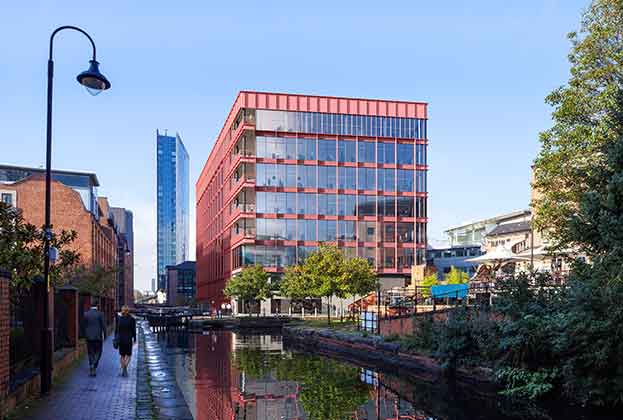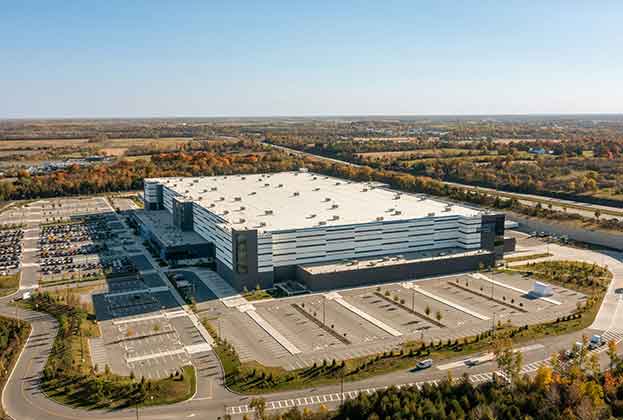The last few years have changed how we work. A renewed emphasis on wellbeing is at the core of this change. Building users are now more than ever demanding healthier building environments that promote holistic living, good indoor air quality and occupational wellbeing. To meet this need developers, landlords and occupiers can verify that their spaces promote health and wellbeing by certifying their spaces against internationally recognised standards – one of which is Fitwel.
Fitwel was developed by US bodies the General Services Administration and the Centre for Disease Control (CDC), and was launched publicly in 2016. It is part of a growing suite of certification standards, which includes standards such as WELL and RESET Air, aimed at providing building owners, operators and occupiers the tools to promote and improve healthy outcomes in their built environments. The choice of which certification to adopt depends on a project’s scope, size and ability to influence outcomes, and also budget and project lifecycle stage, there’s always a solution available collectively among these standards.
With the help of this new rating system, assets can not only become certified as healthy buildings but also verified as fostering an environment where employees are more content, healthy, and productive.
How does Fitwel work?
Fitwel provides multiple assessment scorecards, tailored to the asset type and use, allowing the certification to apply across the built environment. Fitwel assesses these different spaces using 12 key categories, each of which is related to one of Fitwel's seven health impacts. Spaces can be awarded a basic, intermediate, or advanced Fitwel certification using their three-tier rating system. Spaces can receive up to 144 points, however 90 points are needed as a minimum for a basic certification.
Points are awarded and verified for a variety of criteria, including the accessibility of outdoor spaces, the promotion of healthy food alternatives, having an emergency preparedness plan, and proximity to local amenities and public transport.
What are the benefits of Fitwel?
The provision of healthier spaces offers many benefits. One key advantage of a reputable certification, such as Fitwel is that it offers a benchmark by which a company can evaluate both itself and its portfolio, showing that it values its tenants and the communities it serves. According to Fitwel's findings, 49 per cent of landlords would be willing to pay extra for a building with a proven positive impact on health.
Additionally, from a workplace perspective, research supports the fact that employee health and happiness are directly linked to business success. Through promoting wellness organisations can improve employee productivity and enhance employee recruitment and retention. The insights obtained certification process underline data-driven decisions to enhance tenant services and improve the health of a building, which in turn will improve tenant experience.
Further information
Contact Sarah Duffy, Georgina Nimmo or Ainhoa Erausquin






.jpg)



